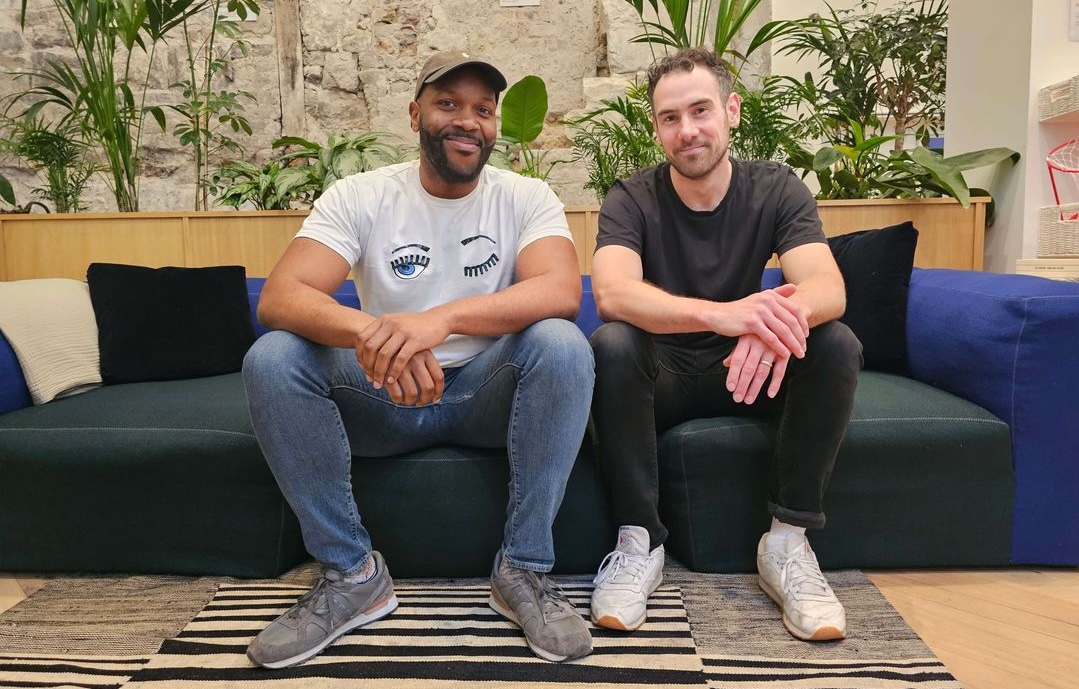Kristin Richmond and Kirsten Tobey faced a fundamental design constraint when they launched Revolution Foods on the site of a former McDonald’s near Oakland, Calif.: About $3 for each lunch served. The UC Berkeley Haas Business School graduates were designing a line of healthy, nutritionally balanced meals for California’s primary and secondary school students, and had to innovate radically to stay within school systems’ tight budgets.
They made a virtue of necessity, using high-quality foods, basic recipes, and a limited range of ingredients. Eight years later, Richmond and Tobey are bringing quality, natural foods to more than 1,000 school lunchrooms.
Revolution Foods’ annual revenue run rate is about $100 million, Richmond told TechCrunch.
Those operations, and the $25 billion U.S. school lunch market, this summer attracted an investment of approximately $30 million from Revolution Growth (no relation), the venture capital fund of AOL founder Steve Case, who joined Revolution Foods’ board of directors. “Revolution Foods is poised to build an iconic brand and company by unleashing a revolution in healthy eating that kids, parents, teachers and communities can all celebrate,” Case said in a statement. (Disclosure: the Case Foundation, supported by Steve and Jean Case, sponsors this series of impact profiles.)
School lunches for low-income students were not initially an easy sell to investors. Richmond and Tobey launched the business with just over $500,000 from angel investors and personal savings.
“It was very difficult for the founders to attract investment because the company’s purpose was ‘off-spec’ from traditional venture business models,” says Nancy Pfund, founder and managing partner of DBL Investment Partners, an impact investment firm that targets market-rate returns. DBL came on board as an early seed investor, attracted by the opportunity to address health problems in low-income communities. RSF Social Finance also made a small commitment to the fledgling company.
School administrators were also skeptical. Revolution Foods’ menus included brown rice and fresh vegetables — no potato chips and sugary drinks. The first four Bay Area charter schools that signed on with Revolution Foods feared their students would prefer to skip lunch rather than eat unfamiliar, albeit healthier, foods.
And students did push back. In those early months, Revolution’s team visited school lunchrooms to talk to school administrators and lunchroom staff about nutrition and behavior. The leadership and determination paid off. Students began to accept the changes.
Revolution Foods closed its first year with an additional 28 school contracts and $1 million in revenues.
Revolution’s growth caught the eyes of investors. Oak Investment, Partners, Catamount Ventures and other traditional venture capital funds participated in Revolution Foods’ $6.5 million Series A financing raise in 2009, before the company was profitable. That financed expansion into the Denver and Washington, D.C., metro areas.
The company’s path also shows the value of different kinds of capital at different stages of growth. The city of Oakland recognized the development and job-creation potential of the company, and offered Revolution Foods a $500,000 low-cost loan to build a larger production facility, where Revolution Foods subsequently hired an additional 40 workers.
Since schools don’t pay for Revolution Foods’ meals until they have themselves been paid through the National School Lunch Program, Revolution turned to RSF for working capital loans. To serve public school students in New Orleans, Revolution secured nearly $6 million in debt and equity investments from the W.K Kellogg Foundation to build a new production facility in Louisiana.
Revolution Foods now serves more than 200,000 meals a day to children in more than 1,000 schools in 12 states across the U.S. Revolution Foods operates from seven “culinary centers” in 25 metro markets, including Washington D.C. and cities in New Jersey, Colorado, Texas and Louisiana. Roughly 80 percent of the company’s school meals go to low-income students. Revenues hit $70 million in 2012, and Revolution is expanding its retail line to provide greater access to high-quality food. Its retail line is available in approximately 2,000 stores nationwide.
“It’s super critical to have funders who are focused on mission-based companies,” Richmond told the Huffington Post. “It’s not that it’s cheaper capital, it’s capital that comes with additional benefits that help you build your company.”
[seperator style=”style1″]Impact[/seperator]
Financial: Revolutions Foods’ revenue has grown to $70 million from $8 million in 2009 and are on pace to hit $100 million.
Social: Revolution Foods now serves more than 200,000 meals a day to children in more than 1,000 schools. More than 75 percent of its school meals go to low-income students.
[seperator style=”style1″][/seperator]
Produced by ImpactAlpha and the Case Foundation.
One of a series of impact profiles produced in conjunction with the Case Foundation’s new publication, “A Short Guide to Impact Investing.”











